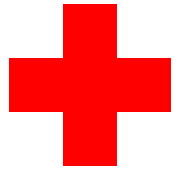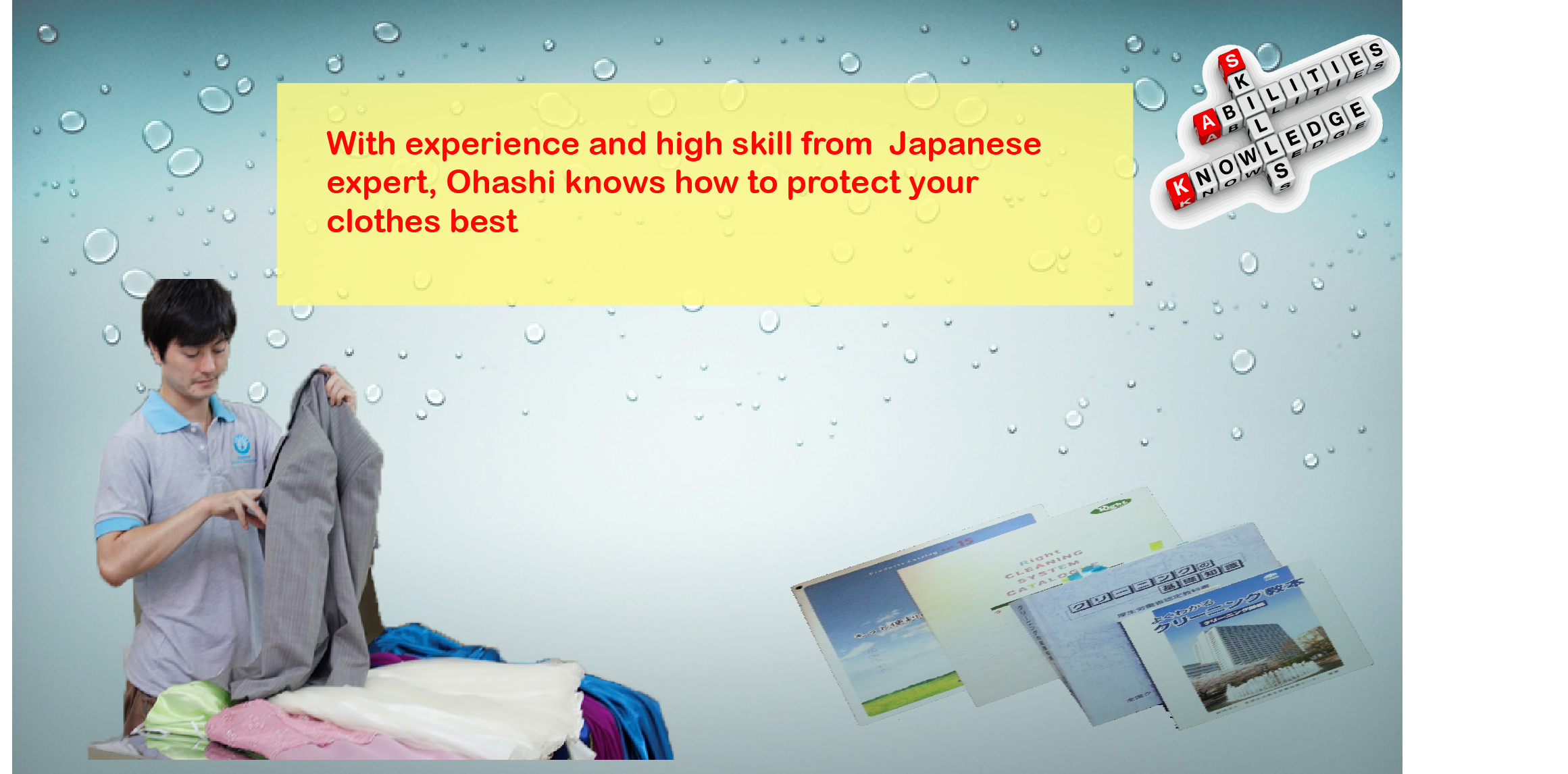 Resources
Resources
Since professional laundry is not common in Vietnam, we would like to provide some basic information so that you can have an outlook about this industry.
- Topic: What is dry cleaning
- Topic: Dry cleaning. Is it a superior cleaning method?
- Topic: Understanding type of waters and its importance in professional laundry service
- Topic: What is PERC? Is it safe for health ?
 Health concerns
Health concerns
If you read "What is dry cleaning" topic in resources section, you know that dry cleaning service uses chemical solvent as a main material to clean your items and PERC is among of them. It was developed in 1930s but still being used currently. However, recent researches show that PERC is potentially harmful for human health.
At Ohashi, we always care for customers, workers and civilians health. So, in dry cleaning method, we are using hydrocarbon solvent, which is one of several alternatives for PERC method recommended by US Environmental Protection Agency, in dry cleaning. ( You can read full report here http://www.epa.gov/region2/capp/dryclean.htm)
As it is critical for your health, we hope you should spend time reading this report so that at least, you can ask your cleaning service " what kind of solvent are you using for dry cleaning ?".
The below is a report from American Cancer Society. We would like to cite it here. Or you can find this report at (http://www.cancer.org/cancer/cancercauses/othercarcinogens/intheworkplace/tetrachlorethylene-perchloroethylene)
Tetrachlorethylene (Perchloroethylene).
What is tetrachlorethylene?
Tetrachlorethylene, also known as tetrachloroethylene, perchloroethylene, PCE, or "perc," is a commonly used solvent (a substance, usually a liquid, capable of dissolving another substance). It has been in commercial use since the early 1900s.
A common use of tetrachlorethylene is to dry clean fabrics. It dissolves greases, oils, and waxes without affecting fabrics, which makes it useful for this purpose.
Tetrachlorethylene is also used to clean and degrease metals. Oil and wax are used to shape and polish metal during the manufacturing process. Removing oil, wax, and related substances from the finished products is known as degreasing.
It has also been used in water repellants, paint removers, printing inks, glues, sealants, polishes, and lubricants. Tetrachlorethylene is also used to make other chemicals.
How are people exposed to tetrachlorethylene?
Tetrachlorethylene is a liquid at room temperature but evaporates easily into air. When it is in the air it can condense again and get into soil and water. It can also be washed out of the air with rain. It can also get into soil and water during waste disposal, or by leaking from underground storage tanks. In the past, in certain areas, it also could get in the water by leaching out of the vinyl lining of the pipes in the water system. This is less of a concern now, because the pipes have been treated in areas where this has happened.
Tetrachlorethylene is present in very tiny amounts in the air we breathe and in the water we drink. It can also be present in very tiny amounts in soil, and less often, in food. Using a consumer product, such as a water repellent, that contains tetrachlorethylene, could also expose you to a small amount of this chemical.
People can be exposed to tetrachlorethylene by breathing it in, by direct contact with the skin, or by ingesting contaminated water or food. No matter how you are exposed to tetrachlorethylene, most of it leaves your body when you exhale. A small amount may stay behind. Some of this is changed by the body into other chemicals and then removed from the body in urine. Some stays in the body for a time.
People who live near dry cleaning or metal degreasing operations, people using coin-operated laundries where dry cleaning machines are present, and people who live in buildings where dry cleaning shops are located are exposed to higher amounts of tetrachlorethylene in the air.
The highest exposures to tetrachlorethylene tend to occur in the workplace, especially among dry cleaning and degreasing workers. Workers in some other industries may also be exposed to tetrachlorethylene.
Does tetrachlorethylene cause cancer?
Tetrachlorethylene has been suspected of causing some types of cancer, based on both human and animal evidence.
Studies in people Read more....






 Tiếng Việt
Tiếng Việt 日本語
日本語